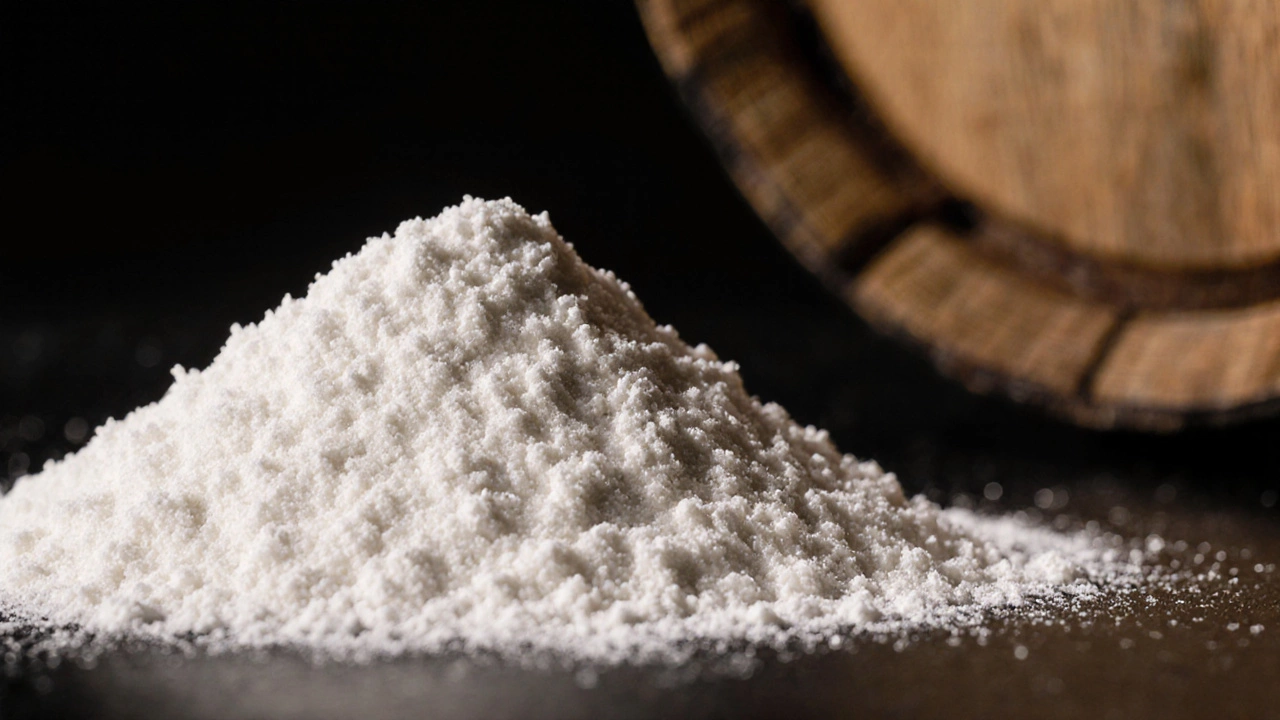How Cream of Tartar Improves Fudge Texture and Flavor
Discover how a pinch of cream of tartar transforms fudge texture, flavor, and shelf-life, plus a step‑by‑step recipe and troubleshooting tips.
When working with Cream of Tartar, a powdered acidic salt derived from winemaking, chemically known as potassium bitartrate. Also known as potassium bitartrate, it helps control texture and stability in many baked goods. Its primary role is to provide acidity, which can cream of tartar uses as a leavening partner, a foaming stabilizer, and a crystallization inhibitor. By delivering a mild, dry acid, it reacts with baking soda to produce carbon dioxide, keeps egg whites glossy, and stops sugar syrup from turning gritty.
One of the most common companions is Baking Powder, a blend of an acid, a base, and a filler that creates lift when wet. When you add cream of tartar to baking soda, you essentially make a single‑acting baking powder on the spot, giving cakes and biscuits that reliable rise. This duo works especially well in recipes that lack other acidic ingredients, like plain gingerbread or quick breads. Another star is Meringue, a light foam made from whipped egg whites and sugar. Adding a pinch of cream of tartar to the whites before they start forming peaks creates a more stable foam, preventing collapse during baking or when folded into batters. The result is crisp‑edged, marshmallow‑soft interiors that hold their shape even after cooling.
Beyond rise and fluff, cream of tartar shines in Candy Making, the art of turning sugar syrups into chewy or crunchy treats. When you heat sugar to the soft‑ball stage, a tiny amount of cream of tartar keeps the crystals from reorganizing, yielding smooth caramels, nougats, and fudge. It also helps set cotton candy by stabilizing the spun sugar strands. In savory kitchens, the same acid can brighten bean dishes, balance overly sweet glazes, or even prevent discoloration of boiled vegetables. These varied applications show how a single ingredient can influence texture, flavor, and appearance across sweet and salty plates.
Now that you know why this white powder matters, explore the collection below. You’ll find recipes that harness its power for perfect pies, airy cakes, glossy icings, and candy that stays soft. Each post dives deeper into a specific use, giving you the step‑by‑step tips you need to make the most of cream of tartar in your own kitchen.

Discover how a pinch of cream of tartar transforms fudge texture, flavor, and shelf-life, plus a step‑by‑step recipe and troubleshooting tips.